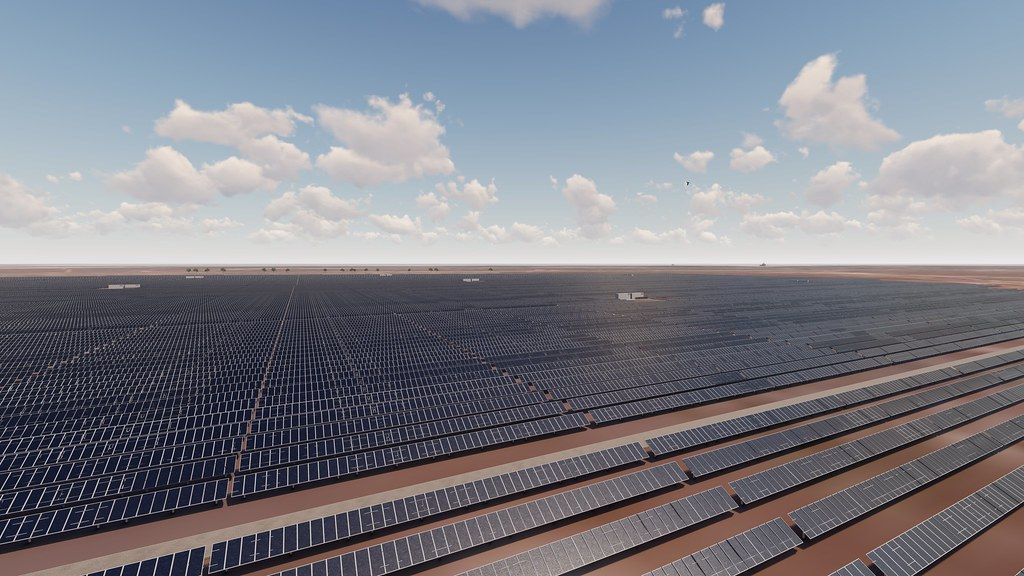With solar and wind already accounting for more than 70% of the state’s annual demand, South Australia Premier Peter Malinauskas has announced the government will bring forward its net 100% renewable electricity target from 2030 to 2027.
Speaking in Port Augusta on the third day of the government’s “state prosperity project”, South Australian Premier Peter Malinauskas said it is critical the state pushes ahead with its renewables ambitions.
“The world is demanding that economies decarbonise to avoid the risk of catastrophic climate change,” he said. “Our bountiful resources of wind and solar energy provide us the opportunity to seize the moment and produce what the world demands.”
South Australia is aiming for net 100% renewables in 2027 which means that the state will export surplus production when required and import when needed. While the ambition is for renewables to meet the state’s annual demand, gas-fired power generation will still be used.
“We still believe that gas-fired power generation will have a role to play over the immediate future and the medium term,” Malinauskas said.
“Gas-fired generation can be an important firming service to actually unlock more renewable investment.”
“But even though we’ve got gas filling the market, we know that we’ve got more renewables that will be produced that will be exported outside the state.”
South Australia is already leading the way in the shift to renewables with the share of renewables in the mix surging from zero prior to 2007 to above 70% today, according to the state’s grid operator.
In its latest transmission planning report, ElectraNet said wind and solar contributed 71% of the state’s electricity needs in 2022-23. At times, rooftop solar output alone exceeds the state’s power demand.
“There is no doubt we will get to net 100% renewables before 2030,” South Australian Energy Minister Tom Koutsantonis said. “So we are doubling down on our ambition. We want to get there even sooner.”
Koutsantonis rejected suggestions that bringing forward the target would threaten grid stability, highlighting that the government intervention since the 2016 state-wide blackout had made the electricity grid “resilient, stable and rigorous”.
“We’ve got an energy market operator that is now paying a lot more attention,” he said.
“We’ve got a lot more grid-scale batteries that can respond very, very quickly to any disturbance in the system, and we have a lot more controls.”
This content is protected by copyright and may not be reused. If you want to cooperate with us and would like to reuse some of our content, please contact: editors@pv-magazine.com.









1 comment
By submitting this form you agree to pv magazine using your data for the purposes of publishing your comment.
Your personal data will only be disclosed or otherwise transmitted to third parties for the purposes of spam filtering or if this is necessary for technical maintenance of the website. Any other transfer to third parties will not take place unless this is justified on the basis of applicable data protection regulations or if pv magazine is legally obliged to do so.
You may revoke this consent at any time with effect for the future, in which case your personal data will be deleted immediately. Otherwise, your data will be deleted if pv magazine has processed your request or the purpose of data storage is fulfilled.
Further information on data privacy can be found in our Data Protection Policy.